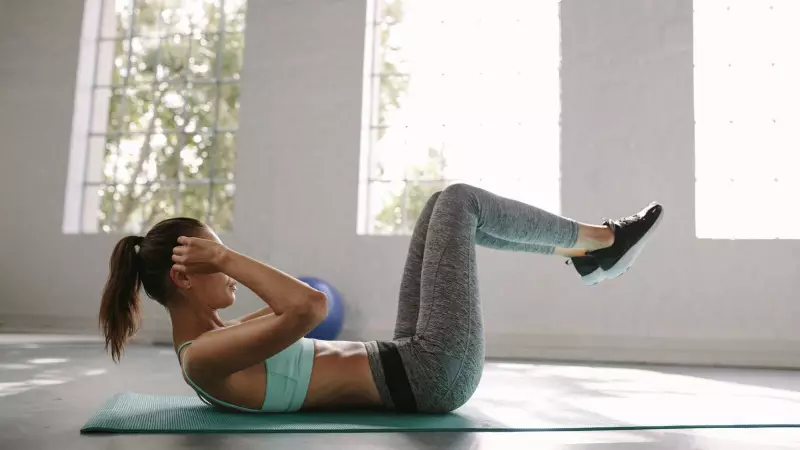
In the world of fitness, the pursuit of six-pack abs has long dominated the conversation around core training. However, true core strength extends far beyond visible muscles and aesthetic goals. Building a powerful core is about developing functional strength that supports your entire body and enhances daily life performance.
Why Core Strength Matters More Than You Think
A strong core serves as your body's central powerhouse, providing stability for everything from lifting groceries to improving athletic performance. Unlike traditional ab workouts that focus solely on the rectus abdominis (the 'six-pack' muscle), comprehensive core training engages multiple muscle groups including obliques, transverse abdominis, and lower back muscles.
The Complete Core Workout Routine
This carefully designed routine targets all aspects of your core for balanced development:
- Plank Variations - The ultimate core stabilizer that engages multiple muscle groups simultaneously
- Bird-Dog Exercise - Improves coordination and strengthens deep core muscles
- Dead Bug Movement - Enhances core stability while protecting your lower back
- Russian Twists - Targets oblique muscles for rotational strength
- Leg Raises - Strengthens lower abdominals often neglected in basic workouts
- Mountain Climbers - Combines core engagement with cardiovascular benefits
Beyond Aesthetics: The Real Benefits
While many pursue core training for visual results, the functional benefits are far more significant:
- Improved Posture - A strong core supports spinal alignment and reduces back pain
- Enhanced Athletic Performance - Better stability translates to improved performance in sports and daily activities
- Injury Prevention - Proper core strength protects against back injuries and muscle strains
- Better Balance - Core muscles play a crucial role in maintaining stability during movement
Training Principles for Maximum Results
To get the most from your core workouts, focus on proper form rather than speed or repetitions. Engage your core muscles consciously throughout each movement, and maintain controlled breathing. Consistency matters more than intensity—aim for regular sessions rather than occasional intense workouts.
Remember that core strength develops gradually. Start with exercises you can perform with proper technique and progressively increase difficulty as your strength improves. Most importantly, listen to your body and prioritize quality movements over quantity.





